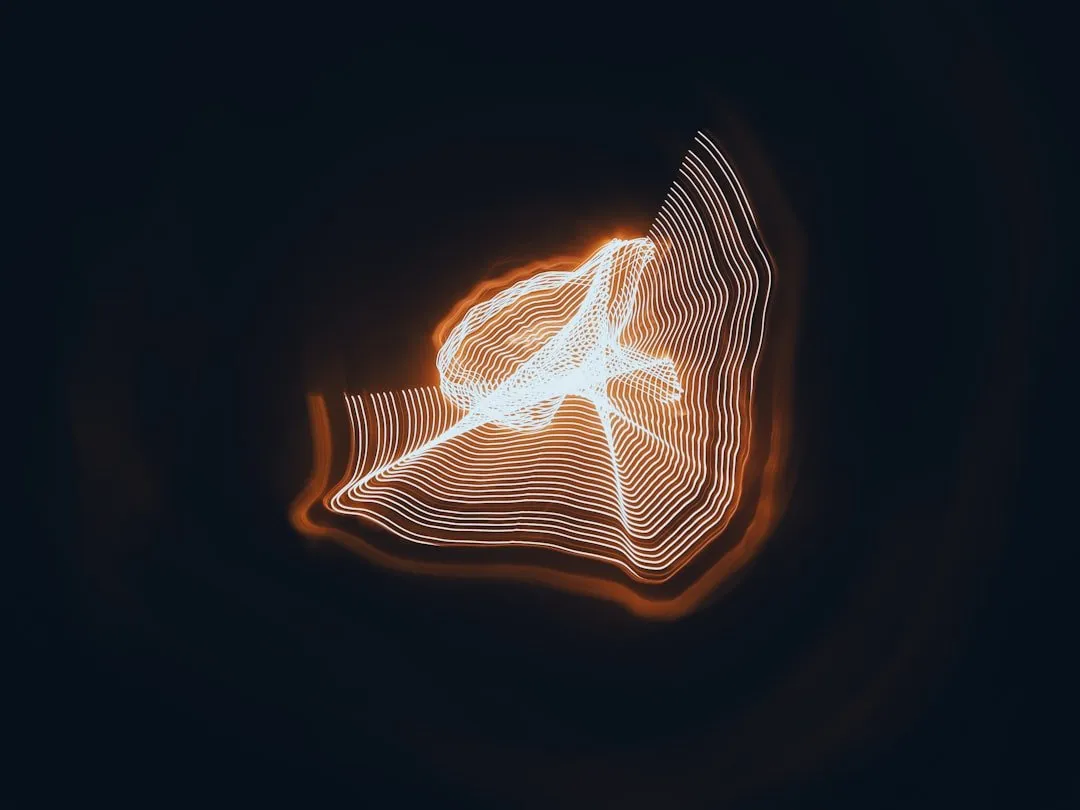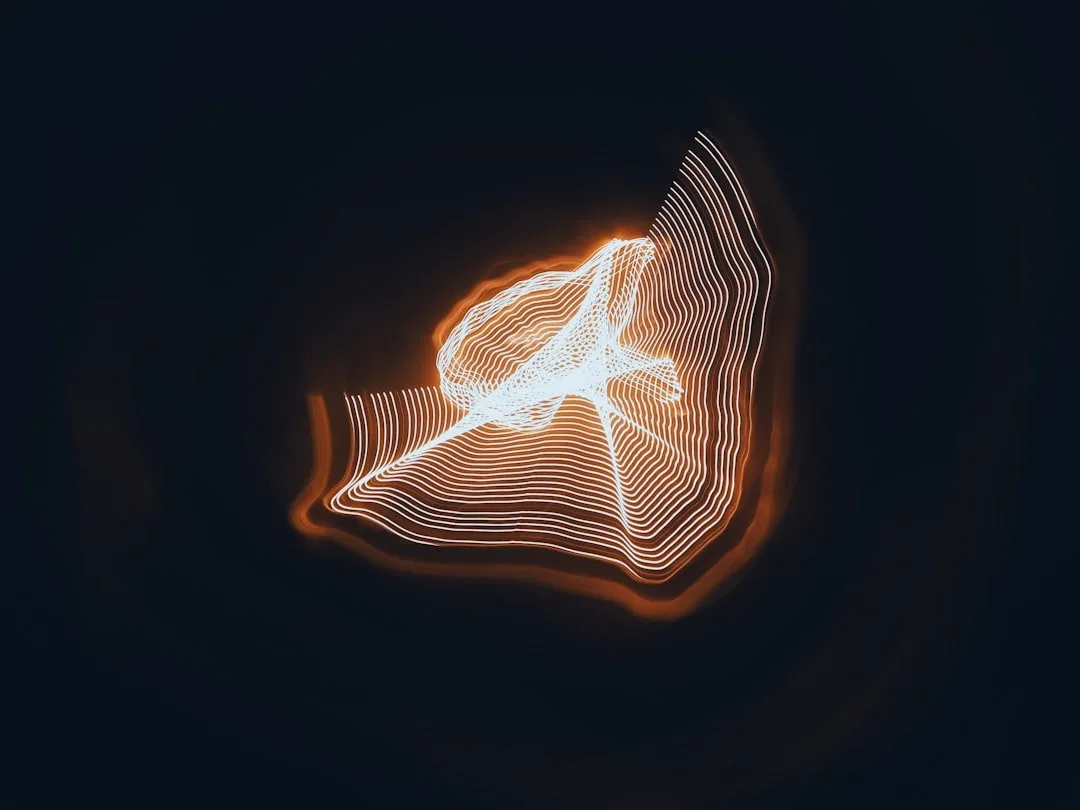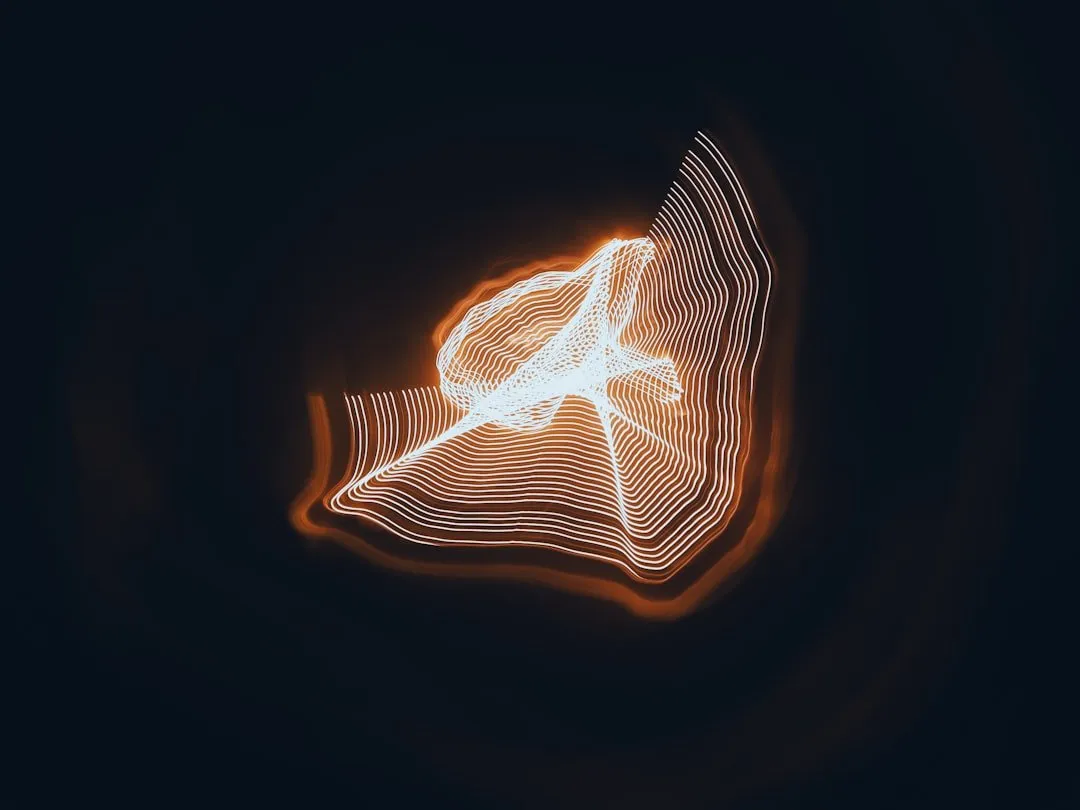Muscle soreness after exercise is a natural response, peaking 24-72 hours post-workout and requiring recovery through inflammation, repair, and nutrient delivery. Mild to moderate exercise promotes blood flow and endorphins for better recovery. Red Bali kratom offers calming relief for chronic tension, while Maeng Da kratom provides potent analgesia for intense soreness. Personalized workouts tailored to fitness level, goals, and muscle soreness, combined with stretching, yoga, and low-impact activities, offer optimal wellness; natural remedies like kratom can aid but should complement structured routines.
Muscle soreness can be a hindrance to your fitness routine, but with the right approach, it doesn’t have to be a lingering issue. This article delves into effective strategies for muscle recovery, focusing on the power of customized workout plans and the natural pain-relieving benefits of Kratom, specifically Red Bali and Maeng Da strains. By understanding muscle soreness and incorporating tailored exercise routines, you can bid farewell to persistent aches and enhance your overall fitness journey.
- Understanding Muscle Soreness and Recovery
- The Role of Kratom in Pain Management
- Designing Personalized Workout Routines
Understanding Muscle Soreness and Recovery

Muscle soreness is a common post-workout experience, often characterized by delayed onset muscle stiffness and pain. This discomfort typically peaks 24-72 hours after exercise and is a natural response to physical stress. It’s your body’s way of signaling that muscles have been worked hard, prompting adaptations for future workouts. Understanding this process is key to creating effective recovery strategies.
Recovery involves a complex interplay of physiological mechanisms, including inflammation, muscle repair, and nutrient delivery. While it might seem counterintuitive, mild to moderate exercise can actually aid in this process by promoting blood flow and stimulating the release of endorphins, which have pain-relieving properties. On the other hand, excessive or intense exercise without proper rest can exacerbate muscle soreness and hinder recovery, potentially leading to prolonged discomfort. Comparing red Bali kratom and maeng da kratom, both known for their analgesic properties, could offer insights into natural remedies that may support post-workout recovery, but scientific evidence on their effectiveness for muscle soreness relief is still evolving.
The Role of Kratom in Pain Management

Kratom, a natural herb with a rich history in traditional medicine, has gained significant attention for its potential pain-relieving properties, offering an alternative approach to muscle soreness relief. Among various kratom strains, Red Bali and Maeng Da have emerged as popular choices for their distinct effects on the body’s pain response system. Red Bali kratom is renowned for its calming and relaxing attributes, making it effective in managing chronic muscle tension and associated discomfort. Its active compounds interact with opioid receptors, modulating pain signals without causing the same level of sedation as pharmaceutical opioids.
In contrast, Maeng Da kratom stands out for its potent analgesic (pain-killing) effects, often preferred by individuals seeking rapid relief from intense muscle soreness. This strain’s higher levels of 7-hydroxymitragynine, a key active compound, contribute to its more pronounced pain-relieving capabilities. Both Red Bali and Maeng Da kratom offer unique benefits, catering to different preferences in managing muscle soreness. However, it’s essential to approach their use with caution, considering individual tolerances and consulting healthcare professionals for personalized guidance.
Designing Personalized Workout Routines

Designing personalized workout routines involves a deep understanding of each individual’s unique physical needs and goals. It’s not a one-size-fits-all approach; what works for an athlete pushing for strength may differ greatly from someone recovering from injury or aiming for overall fitness. A good starting point is to assess the type and severity of muscle soreness, the individual’s fitness level, and their specific goals.
For instance, Red Bali Kratom and Maeng Da kratom strains are sometimes discussed in fitness circles for their potential post-workout effects, offering both pain relief and relaxation. However, these natural remedies should complement rather than replace a structured routine. Personalized workouts might incorporate targeted stretching exercises, gentle yoga, or low-impact activities to alleviate soreness naturally. Combining this with tailored strength training or cardio sessions helps foster muscle recovery and overall wellness, ensuring that each workout leaves the individual feeling rejuvenated and ready for their next challenge.
In conclusion, alleviating muscle soreness through personalized workout plans, combined with the natural pain-relieving properties of Kratom, particularly its red Bali and Maeng Da varieties, offers a holistic approach to recovery. By tailoring exercises to individual needs, we can effectively manage discomfort and promote faster, healthier healing processes.














